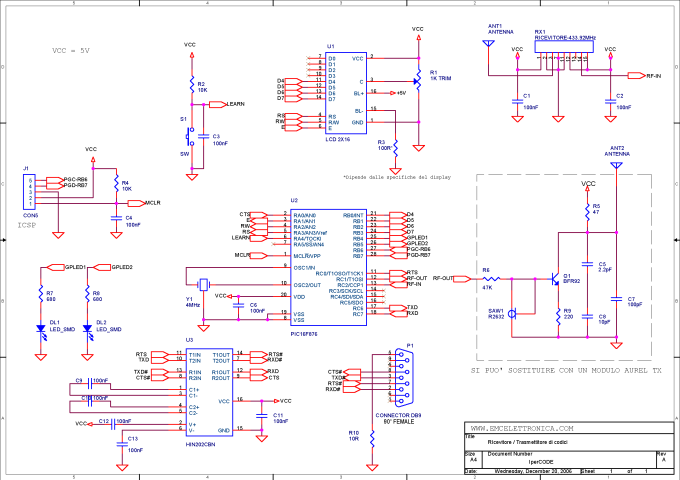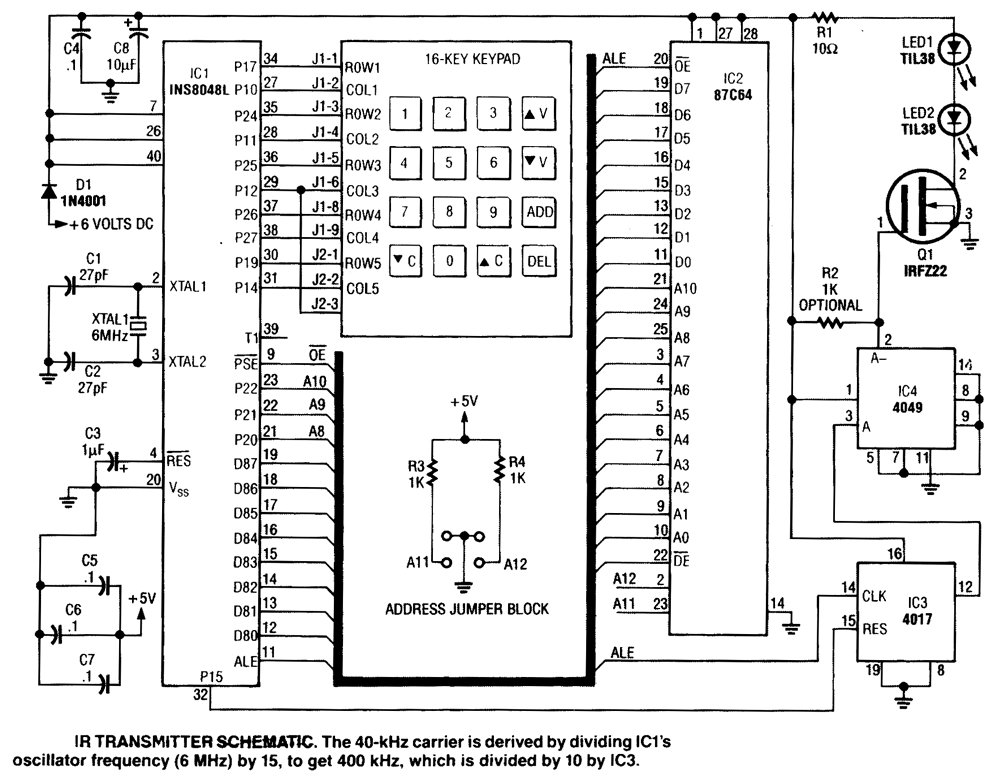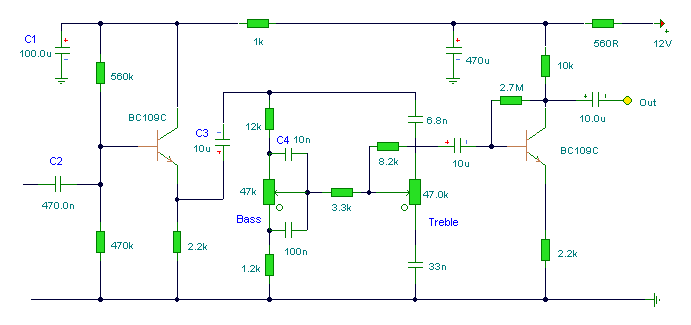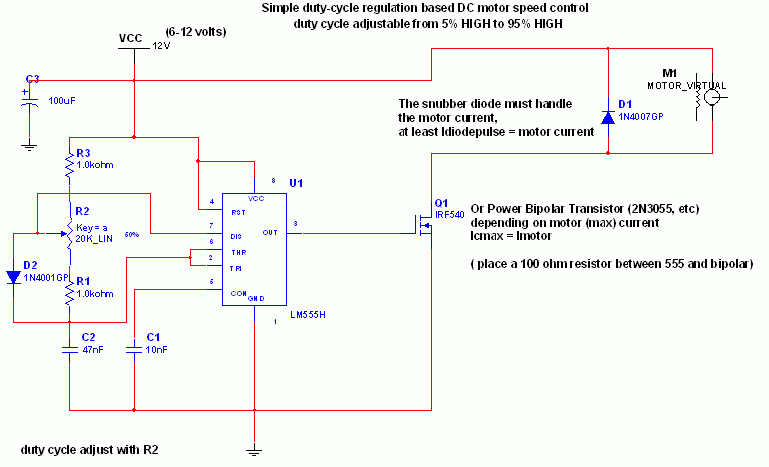
IperCODE - HowTo Build a Remote Control Using Rolling Code

IperCODE is an educational project that enables the construction of a remote control acquisition system utilizing rolling code technology. It allows for the transmission of the received code via an RS232 serial port, the visualization of the code on a 16x2 LCD display, or the reproduction of the code.
The IperCODE project incorporates a microcontroller to facilitate the acquisition and processing of the rolling code signals. The system typically begins with a remote control that transmits a unique rolling code, which is received by a dedicated RF module. The received signal is then processed by the microcontroller, which decodes the rolling code and prepares it for further actions.
For data transmission, the microcontroller interfaces with an RS232 module, allowing the decoded code to be sent to a connected device, such as a computer or another microcontroller. This feature is particularly useful for applications that require logging or monitoring of the received codes.
The project also includes a 16x2 LCD display, which serves as a user interface. The microcontroller drives the display to show the received rolling code in real-time, providing immediate feedback to the user. This display functionality can be enhanced with additional features, such as scrolling text or error messages, depending on the complexity of the implementation.
Overall, the IperCODE project serves as an excellent educational tool for understanding remote control systems, rolling code technology, and serial communication protocols, while also providing practical experience in microcontroller programming and interfacing with peripheral devices.IperCODE is a didactic project, with which it is possible to build a remote control acquisition system, based on the rolling code and to have the possibility to transmit the received code on RS232 serial port, to visualize it on the 16X2 display or to reproduce it 🔗 External reference
The IperCODE project incorporates a microcontroller to facilitate the acquisition and processing of the rolling code signals. The system typically begins with a remote control that transmits a unique rolling code, which is received by a dedicated RF module. The received signal is then processed by the microcontroller, which decodes the rolling code and prepares it for further actions.
For data transmission, the microcontroller interfaces with an RS232 module, allowing the decoded code to be sent to a connected device, such as a computer or another microcontroller. This feature is particularly useful for applications that require logging or monitoring of the received codes.
The project also includes a 16x2 LCD display, which serves as a user interface. The microcontroller drives the display to show the received rolling code in real-time, providing immediate feedback to the user. This display functionality can be enhanced with additional features, such as scrolling text or error messages, depending on the complexity of the implementation.
Overall, the IperCODE project serves as an excellent educational tool for understanding remote control systems, rolling code technology, and serial communication protocols, while also providing practical experience in microcontroller programming and interfacing with peripheral devices.IperCODE is a didactic project, with which it is possible to build a remote control acquisition system, based on the rolling code and to have the possibility to transmit the received code on RS232 serial port, to visualize it on the 16X2 display or to reproduce it 🔗 External reference





